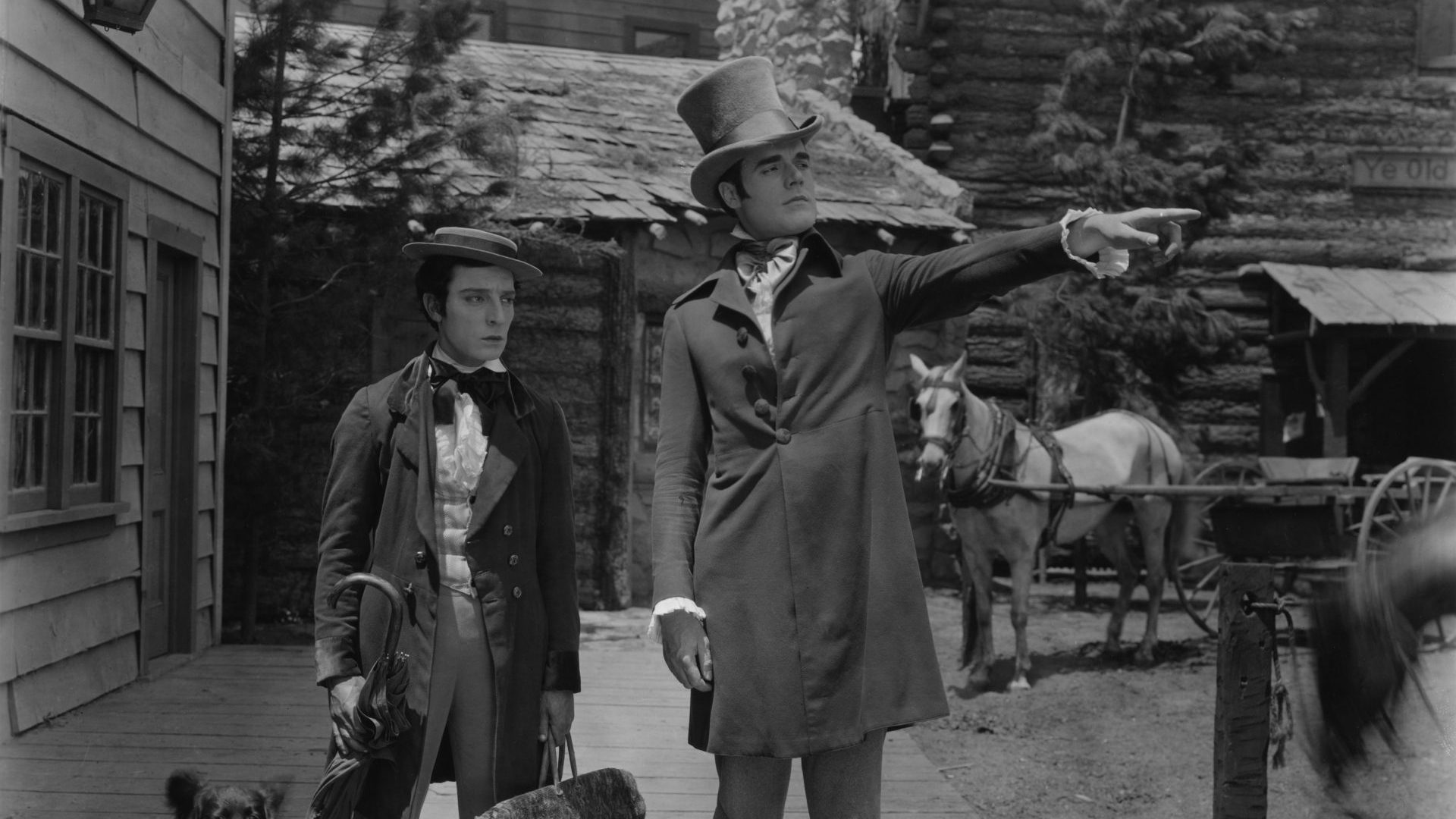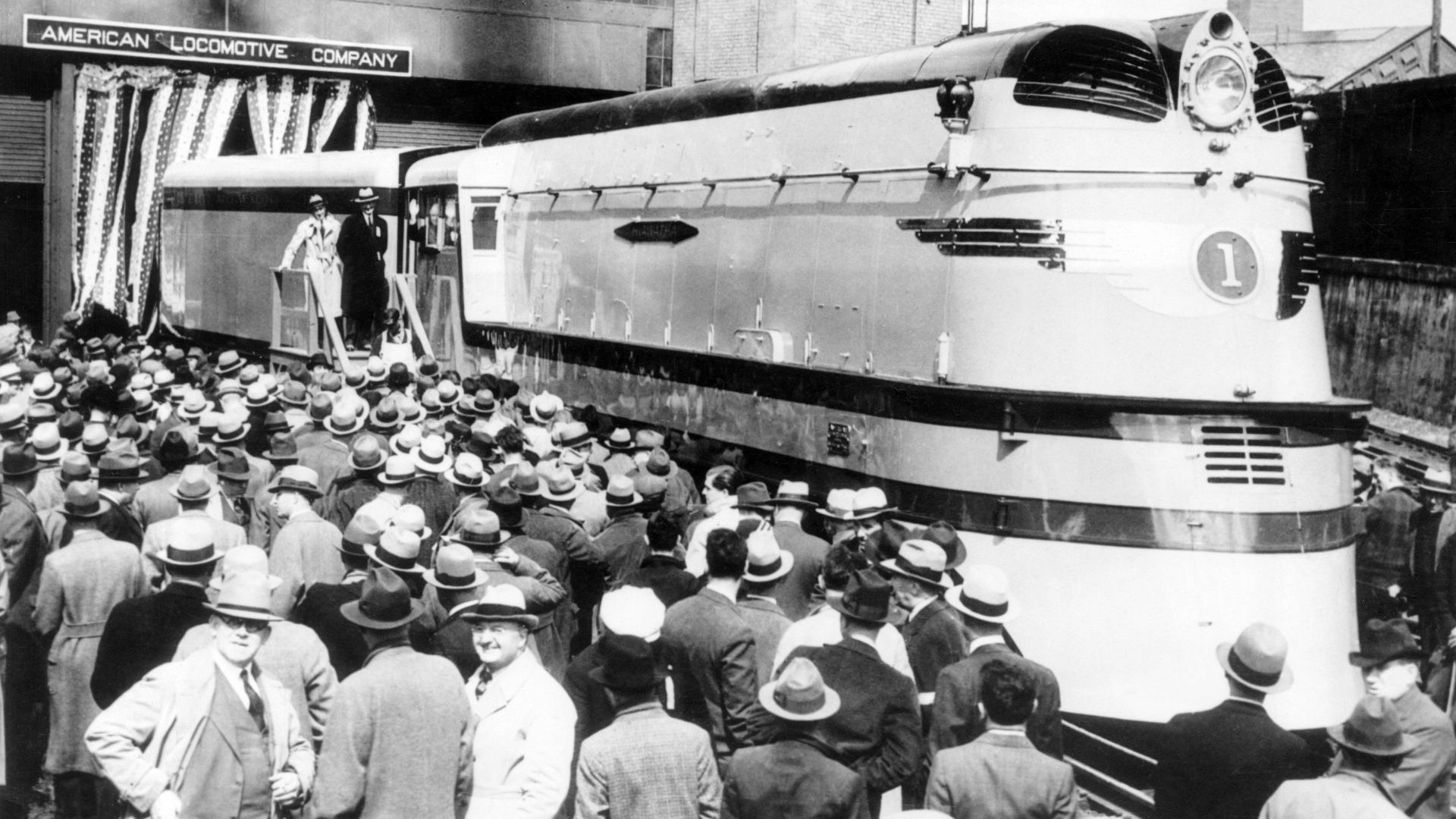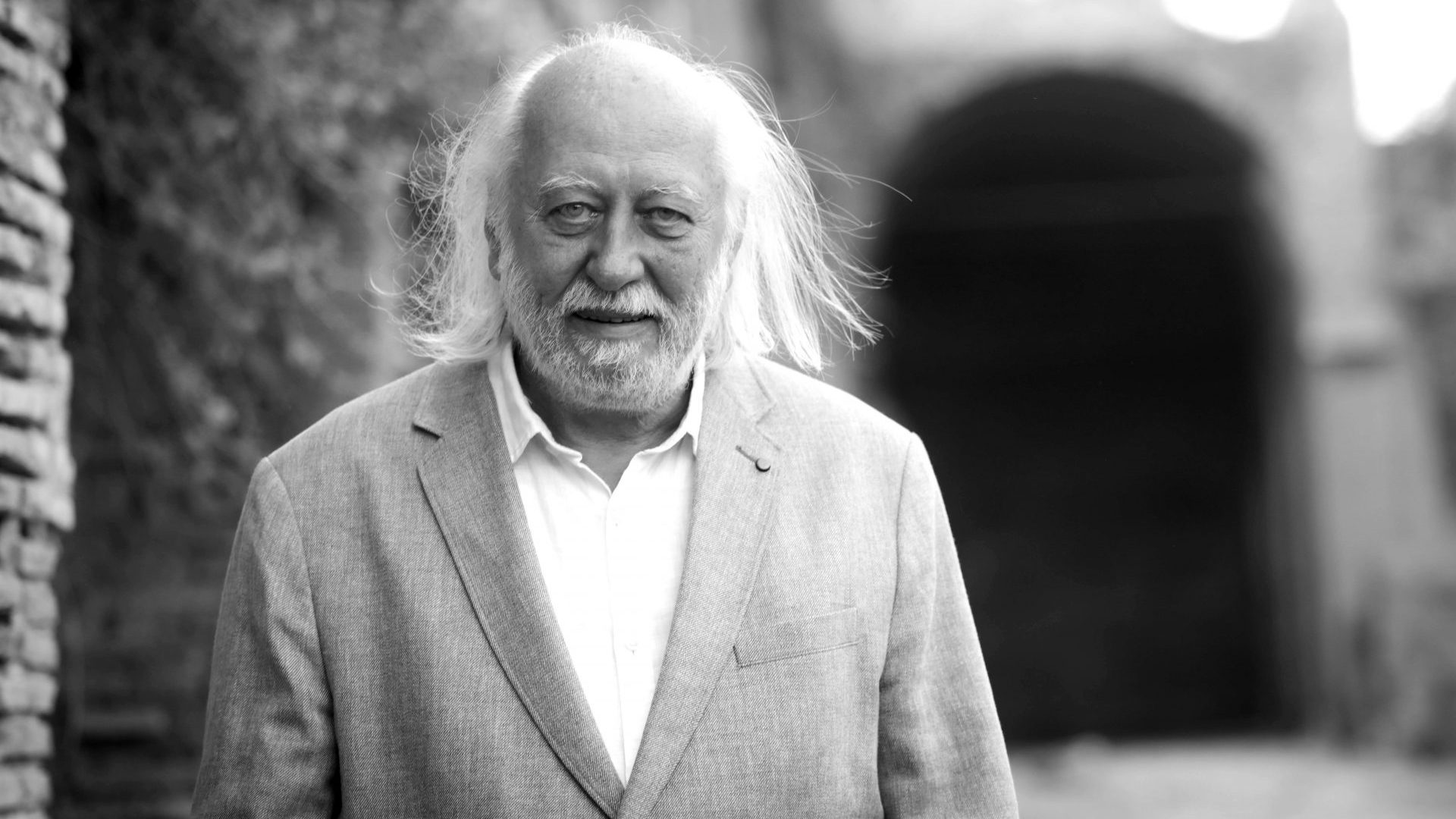“The best thing about being a silent film festival director is all your films are great and all your stars are dead,” says Jay Weissberg, the director of the Pordenone Silent Film Festival, the most important international festival of its kind in the world.
Over the course of seven days in October, archivists and curators, experts and fans, critics and enthusiasts are gathered from as far afield as New Zealand, Japan, America and Lebanon in Pordenone, a small town about an hour’s drive from Venice, to celebrate the very beginnings of cinema. Here we will watch home movies, news reports of wars, slapstick comedies, German epics, a gypsy romance and animation from the genius of Max Fleischer.
“My philosophy has always been that we need to stop looking at selling film as if it’s some kind of museum piece that has no relevance for today,” Jay tells me. “Relevance comes entirely from how we make connections.
“Part of that, of course, comes from my own sense of exasperation, and almost existential paralysis looking at the world today. So we have a section on Ukrainian children’s films, in association with the Oleksandr Dovzhenko Centre in Kyiv. These are light-hearted films. But of course, the reason why they were made was to act as propaganda to turn little Ukrainian children into Soviet automatons. But always, directors find ways to get around propaganda and to do something that actually is good.”
One of these films is paired with a film from Italy, Colonia Alpina (Emilio Gallo, 1924-9), which shows a holiday camp for deprived children in the Alps. The kids are captured playing, picnicking, clowning and fighting, and for a moment we are transported into an innocent, bucolic past. Then halfway through, the children gambolling past the camera suddenly raise their hands in the fascist salute. In a few years, some of them might be fighting for Mussolini; others will become partisans; many will be victims.
Perhaps even more startling and contemporary is the section titled “Palestine: A Revised Narrative.” Jay explains that it began when he was chatting with his friend Rabih El-Khoury, the chief programmer at the Arab Film Festival in Berlin.
“I told him there was this amazing footage of Palestine being bombed in 1917 at the Imperial War Museum. So that inspired him to contact the Imperial War Museum. He contacted a Lebanese musician named Cynthia Zaven to do an accompaniment. She was given multiple hours of footage, sort of newsreels shot in Palestine during the first world war.
“She edited them together and worked with the most prominent sound designer in the Arab world, a woman named Rana Eid. They developed this accompaniment, a combination of live music with Cynthia playing both on the keyboard but also on the inside of the piano and Rana’s soundscape, which includes speeches not just from the first world war, but much later than that, to bring home the continuity of destruction in Gaza. This didn’t start with Benjamin Netanyahu.”
I meet dramatist and musician Neil Brand outside the cinema Teatro Verdi for a cappuccino after he’s finished a performance, accompanying an Italian film, L’Illustre Attrice Cicala Formica (1920), a satire on a wannabe movie star. Yes, there were wannabe celebs as soon as there were movies.
Neil’s been performing film music for silents since the early 1980s. He says: “The first was Buster Keaton’s Steamboat Bill Jr., which is just over an hour and I had about ten minutes of music prepared and I hoped something would take over.
“I’ve always been able to play the piano by ear. I grew up playing pictures on the piano, stories and ideas, and loving film music and music as narrative. So I fell into this job very easily and learned my trade at the National Film Theatre, where more often than not, you just sat straight down in front of the film and started playing. You learn to read a film and react to it very, very quickly.”
Many in the audience mistakenly believe a silent film’s music to have been written down in advance, but it is actually improvised in the moment, sometimes without the accompanist even having seen the film. “Thanks to digital, we’re now in a position to be able to see screeners beforehand,” says Brand. “But that’s really only been the last four or five years. Before that, there was still a wonderful element of high adrenaline about sitting down in front of a new movie, particularly when you’ve got 2000 people sitting in the cinema behind you. But what tended to happen – when it was good – was that my enjoyment of that film then became musical and sounded terrific.”
Like jazz or acting in the theatre, its improvisational nature means it’s never the same twice. “People don’t believe it, but it’s true: I cannot remember a note I played after I’ve finished playing. So when I’m playing a film, and it’s a movie I’ve not seen before, and it turns out to be a masterpiece, then I can produce a masterpiece of music, but I can’t do it the next time I see it, because it’s not the first time anymore.”
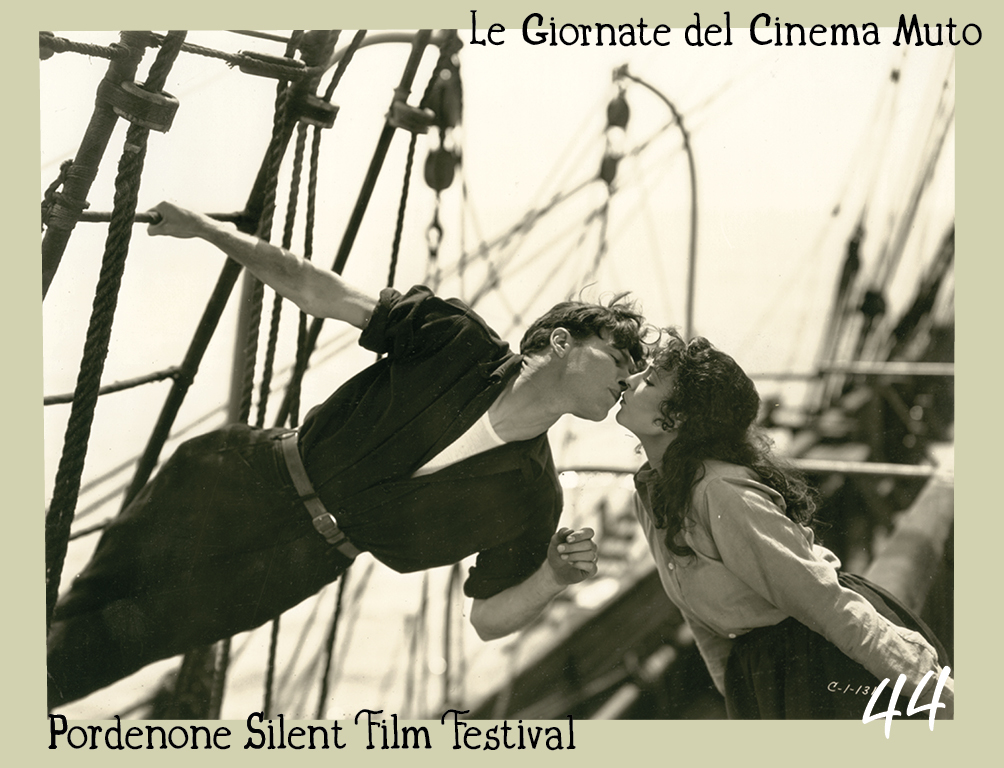
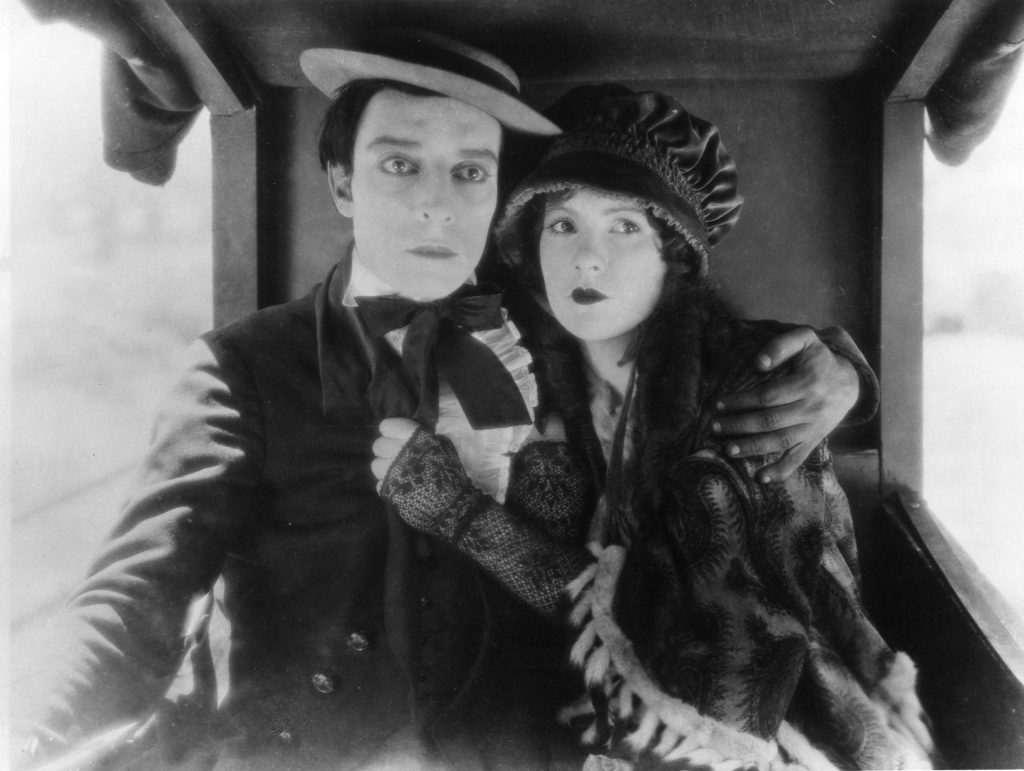
Across the street, someone dressed as Charlie Chaplin has just knocked Buster Keaton’s hat off and they wrestle. A Chaplin program shows rare behind-the-scenes footage as well as contemporaries of Chaplin, such as his brother Sydney and the reigning comedienne of the time, Mabel Normand.
Jay Weissberg tells me: “I fight with people all the time who tell me they don’t like silent films, and they’ve never actually seen one.” His advice is to see one, preferably live with good accompaniment. Start with a Chaplin or a Keaton film.
Part of the problem, he thinks, is the genre’s name itself. “We’ve not found a good word for these films. Silent films is a misnomer, calling them heritage or classic films sounds like something that you put on a shelf and dust occasionally, but you don’t really let the children touch. And that I find problematic. I want people to touch.”
But the other purpose of the festival is archival. To make sure that silent cinema survives as a document of cultures. “Let’s not forget that over 75% of all silent film is lost,” Jay says. “And that figure is significantly higher in certain countries than others. So India, Japan, less than 3% of their film production still exists.
“That’s why we try to have as broad a range geographically as possible. This year we have Japanese paper films. Last year we had a big series of films from Uzbekistan and South America.”
There is an interactive approach. Many films are found in archives without any identification whatsoever and so the festival plays them as part of the programme and asks the audience if it can provide any information about them: spot a performer perhaps, or recognise a location or set. It has proven incredibly successful.
This effort goes alongside the repairing, preserving and digitising of film. In Denmark, the entirety of the Danish film catalogue is being digitised, funded by the state and the results are available to watch for free. The BFI, by contrast, isn’t showing a single silent film in the London Film Festival this month.
Neil Brand agrees with Jay that people need to go and see silent films live. “It’s still quite hard to find live silent film unless you’re in a big town where there’s arthouse cinema, but you could do worse, to be frank, at this stage, watching something really good on TV that’s been well scored,” he says. “The problem with silent cinema on TV is that, because you haven’t got the live music, it just feels like a sound film that doesn’t happen to have any dialogue. And that’s not a silent film.
“A silent film is actually intended to be a theatrical presentation. So sticking it on TV is the equivalent of taking a classic roadster and only ever running it around one little track. It was intended to race through Europe in the 1920s. The really good silent films work 100 times better live than they do on TV. But it’s a start: you can see stuff that will still blow you away on television.”
In the past few days ,I’ve learned that what I knew about silent films was essentially wrong. First, with all that live music they’re far from silent. Having watched the original tinted Cyrano de Bergerac (Agosto Genina, 1922), they’re not in black and white either.
Rather than museum pieces, some of their documentary footage speaks to the political reality we are living through today. George Seitz’s The Blood Ship (1927) is as brutal as anything Tarantino can think up, and Max Fleischer’s cartoons could give Pixar a run for their money.
Jay Weissberg might not have to deal with divas on the red carpet and directors throwing tantrums, but once the lights go out, the movies are still very much alive.


